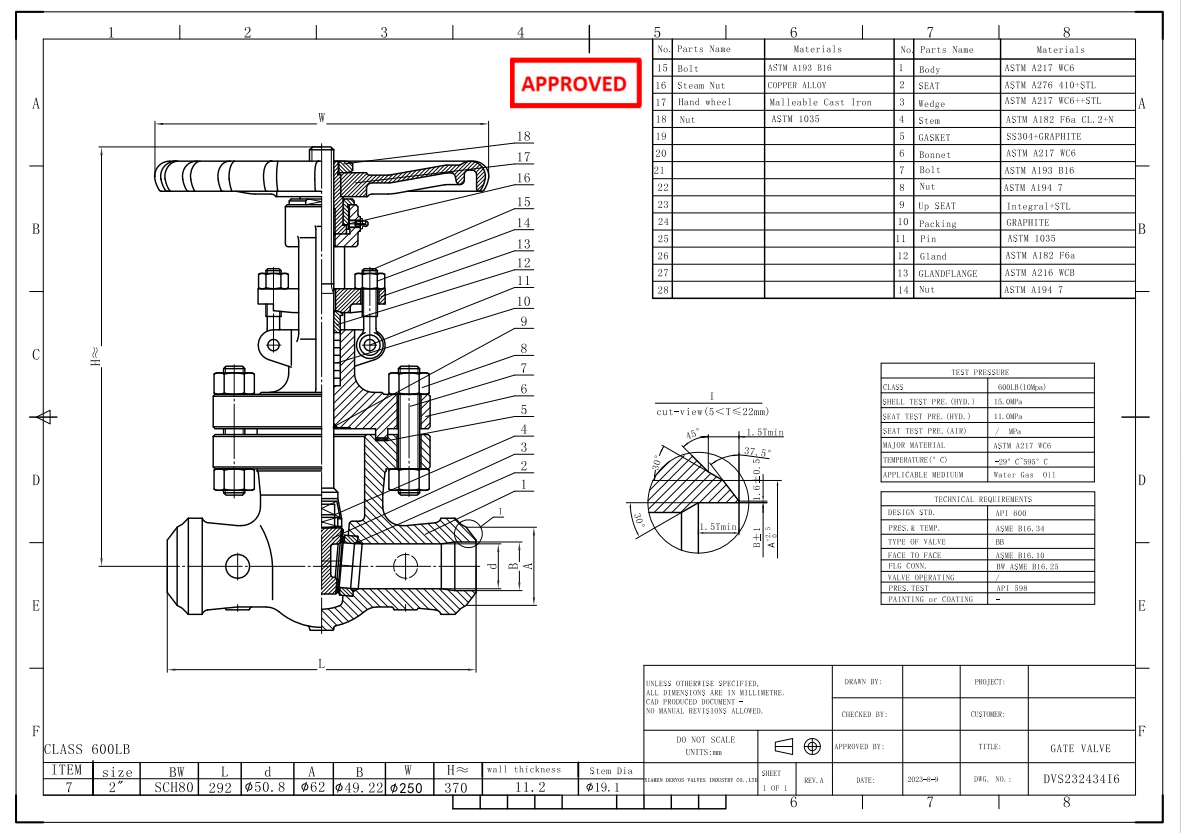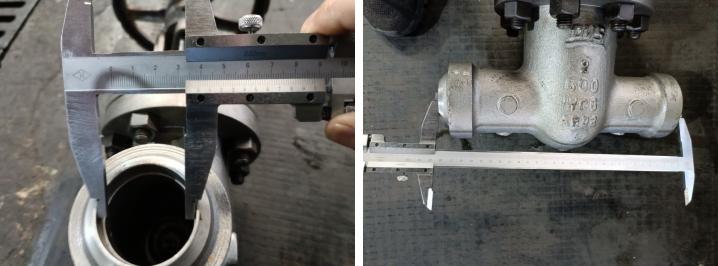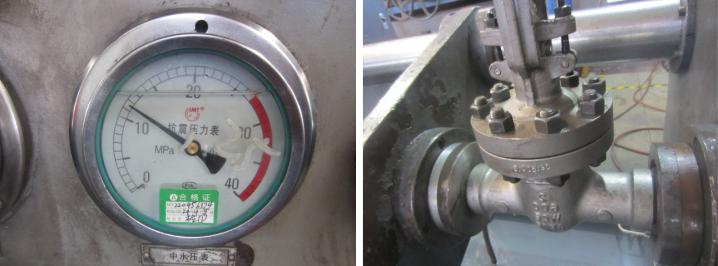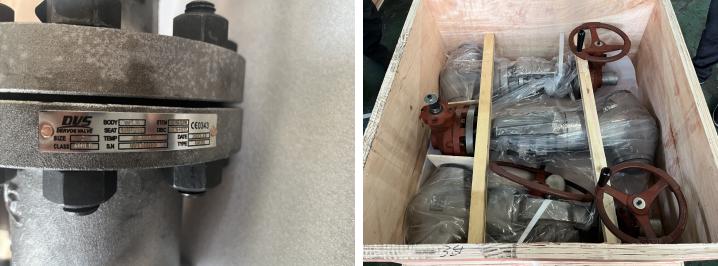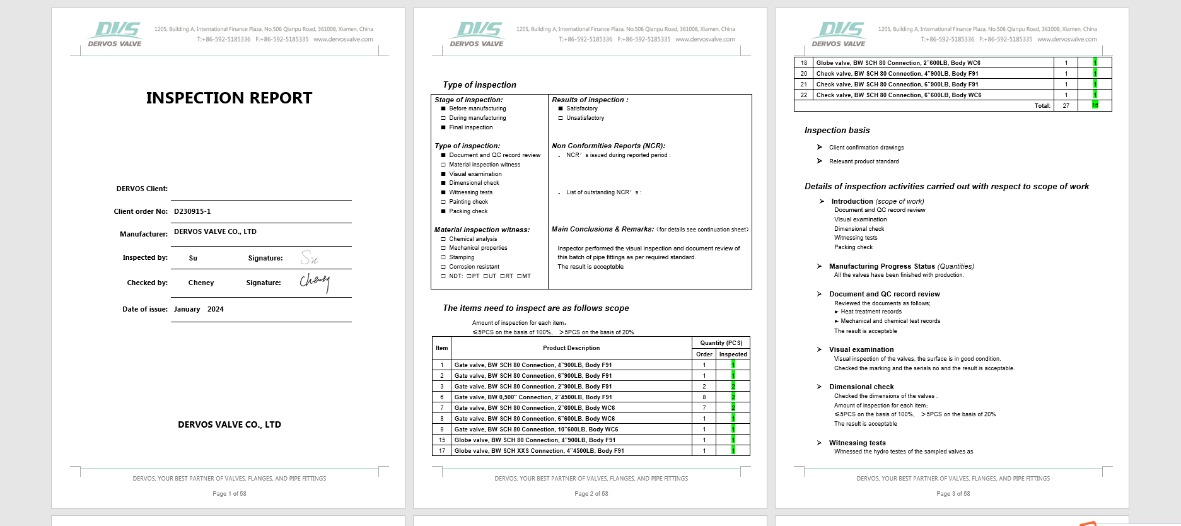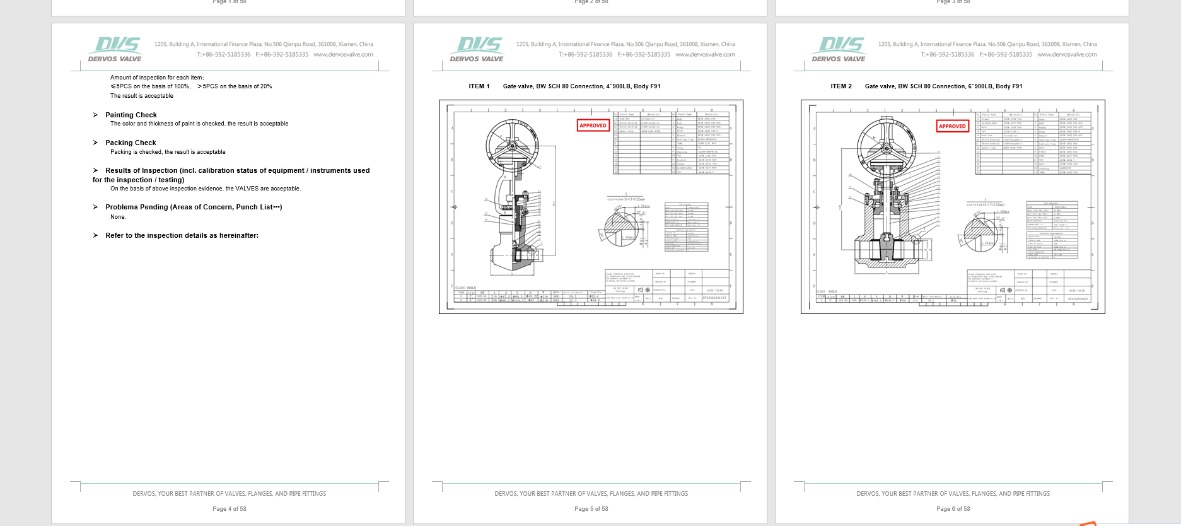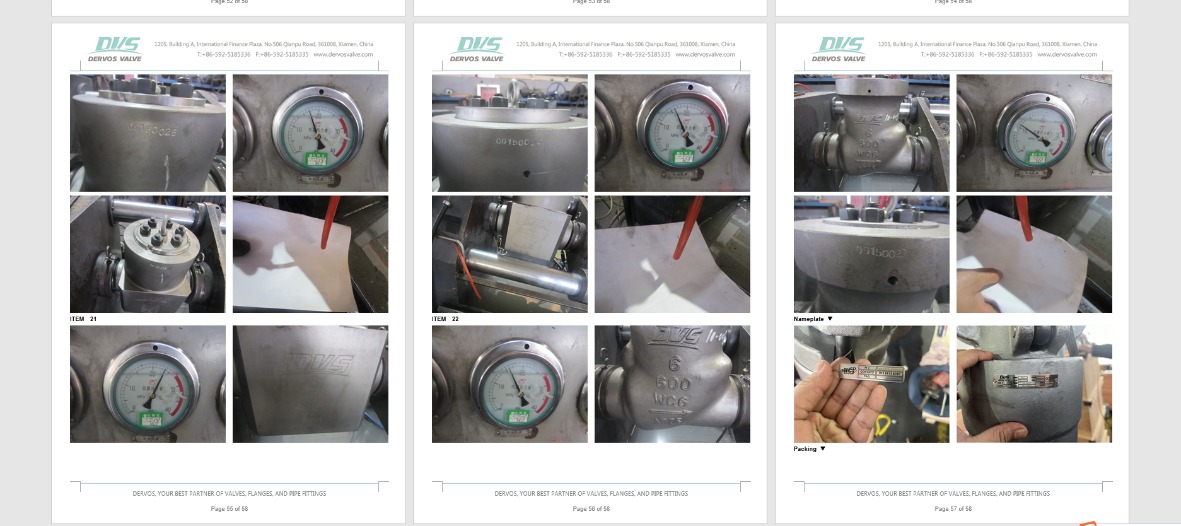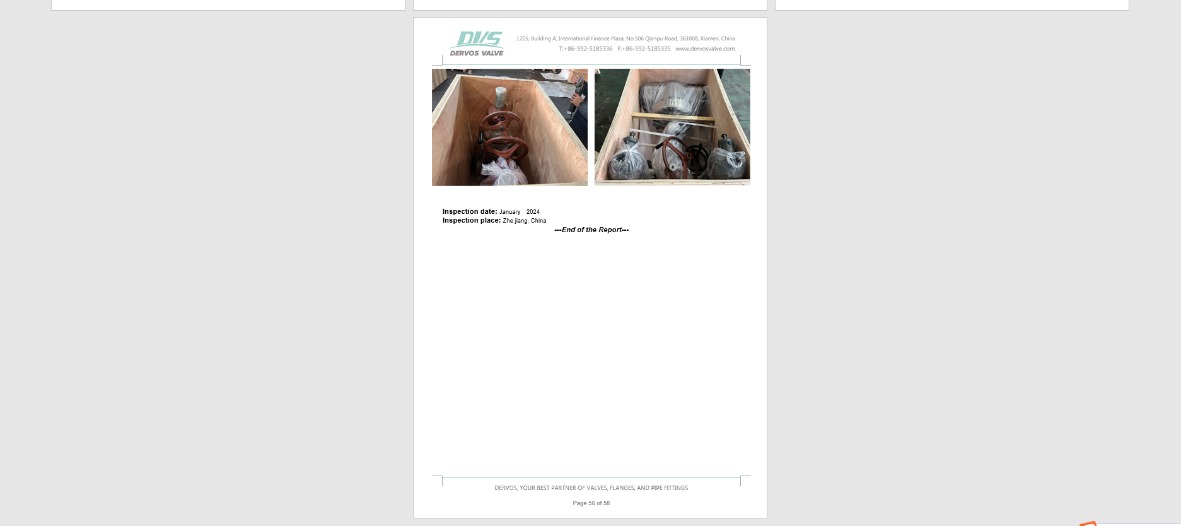What Are the Differences Between Flanged Globe Valves and Threaded Globe Valves?
2025-10-31
If you’ve ever hesitated between choosing a flanged or threaded globe valve, you’re not alone. Globe valves are common shut-off valves widely used in industries such as oil and gas, chemical processing, power generation, shipbuilding, and water treatment. While both connection types can control fluid flow, they differ significantly in terms of installation method, sealing performance, and suitable applications. This article will provide a systematic comparison of flanged and threaded globe valves from the perspectives of structure, performance, and application. I. Fundamental Difference in Connection Methods 1.Flanged Globe Valve A flanged globe valve connects to the pipeline through flanges, with bolts tightening the flange faces together to ensure a secure seal.This connection type offers excellent strength and reliability, making it ideal for medium to high-pressure, large-diameter, and frequently operated systems.In industrial applications, typical sizes range from DN50 to DN300, and flange dimensions generally follow international standards such as ANSI, DIN, or JIS. 2. Threaded Globe ValveA threaded globe valve typically uses either internal (NPT/BSP) or external threads to connect to the pipeline, relying on the threads themselves for sealing.This compact and lightweight structure allows for easy installation and is mainly used in small-diameter (usually ≤ DN50) and low-pressure systems, including residential pipelines.Because it does not require welding or flange gaskets, a threaded valve is more cost-effective in both installation and maintenance. II. Comparison of Sealing Performance and Maintenance Flanged Globe ValveFlanged globe valves typically use metal or flexible graphite gaskets for sealing, offering excellent resistance to high temperature, high pressure, and corrosion.During long-term operation, maintenance or valve replacement is straightforward—simply loosen the flange bolts to disassemble the valve. Threaded Globe ValveThe sealing of a threaded globe valve mainly depends on the thread engagement and sealing materials such as PTFE tape or sealing paste.However, repeated disassembly can damage the threads and increase the risk of leakage.For this reason, threaded globe valves are better suited for fixed installations, clean fluids, and low-pressure systems. III. Structural Dimensions and Installation Requirements Flanged Globe ValveFlanged globe valves are larger in size and require more installation space, but they provide superior vibration resistance and pressure tolerance.They are commonly used in industrial piping networks or pump station systems where sufficient structural support is available. Threaded Globe ValveThreaded globe valves feature a compact design, making them ideal for confined spaces or lightweight piping systems such as laboratories, compressor inlets and outlets, and domestic water supply lines.However, thr...
